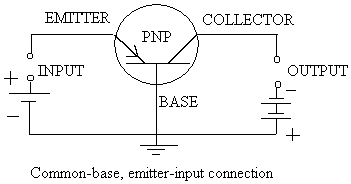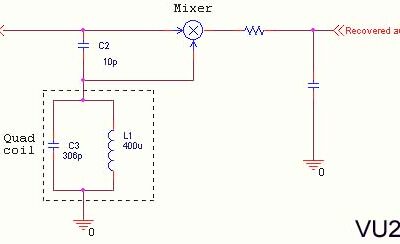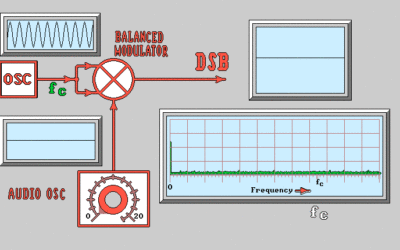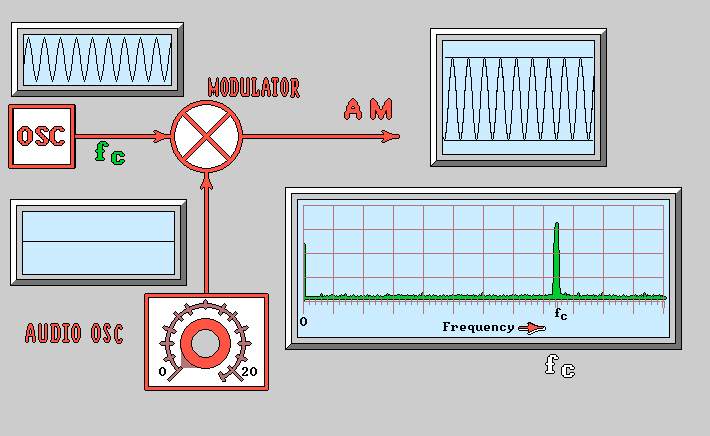
(1) The low level generation of AM (DSB + Carrier) and the progressive amplification of that RF signal with the final stage being a Linear RF amplifier–Class AB.
In the case of the low level modulation approach, one could use either a 2 quadrant or 4 quadrant multiplier as the modulator.
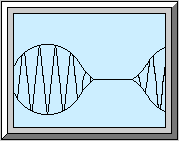 The difference being: with the 2 quadrant multiplier, negative modulation of greater than 100% causes severe distortion as well as interference on adjacent bands. This is due to the carrier being cut off when the 2 quadrant multiplier cannot furnish any output for negative values of the modulating signals, hence the RF output becomes a pulsed spectrum.
The difference being: with the 2 quadrant multiplier, negative modulation of greater than 100% causes severe distortion as well as interference on adjacent bands. This is due to the carrier being cut off when the 2 quadrant multiplier cannot furnish any output for negative values of the modulating signals, hence the RF output becomes a pulsed spectrum.
 If, however, a 4 quadrant multiplier is used, negative modulation starts to appear as a double sideband suppressed carrier–or in this case, reduced carrier.
If, however, a 4 quadrant multiplier is used, negative modulation starts to appear as a double sideband suppressed carrier–or in this case, reduced carrier.
High Level (Plate) Amplitude Modulation
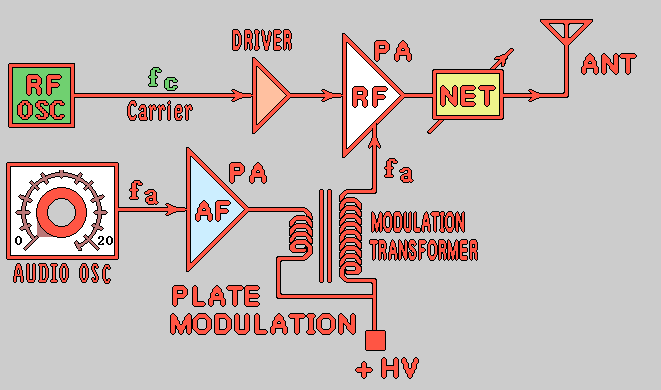
(2) The second method is the progressive amplification of only the Carrier Wave with the output stage being, a more efficient, Class C (non-linear) RF amplifier; the modulation is introduced as a very high level audio signal at the final stage –more precisely, the positive plate supply of the RF “Final” Amplifier is made to vary as the modulation audio input signal.
The High Level modulation cannot handle negative modulation of greater than 100%. As with the 2 quadrant multiplier in the first approach, the carrier is cut off during negative peaks that exceed 100% negative modulation.
Most commercial AM and FM transmitter output stages–called “Finals”–use Class “C” amplifiers.
Other transmitters, like Television (visual), SSB, etc., use “Linear Amplifiers,” Class AB1 or AB2, which are a combination of Class A and Class B (both being much less efficient than the Class C amplifier).
Over-modulation as seen at the Receiver



